HOW NURSES CAN PROTECT THEIR MUSCLES AND BONES AT WORK PART I: UNDERSTANDING MUSCULOSKELETAL STRUCTURE
Nursing is inherently a physically strenuous job. Nurses are on the move constantly, and they routinely, lift, reposition, and move patients in their day-to-day work. This can take a toll on a nurse’s muscles and bones over time, leading to back, neck, and other bodily injuries.
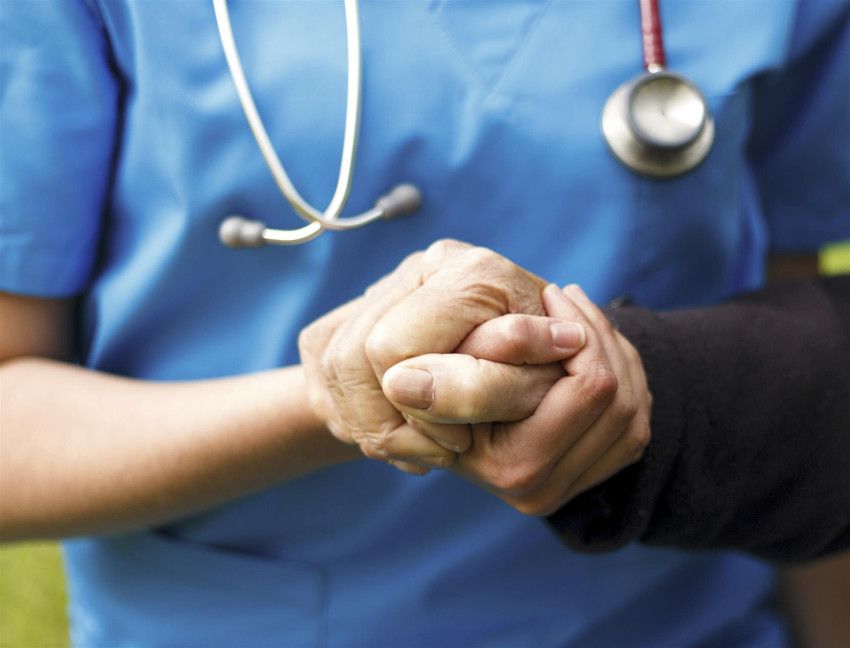
It’s critical for nurses and their managers to understand musculoskeletal structure and to know how to lift and move patients properly in order to prevent injuries on the job. On-the-job training and nurse education videos can help nurses prevent injury in the course of their work.
Part one of our two-part series will explore the structure of our bones and muscles. It will also cover common musculoskeletal injuries, especially back injuries, which are common in nursing. First, let’s look at some statistics on workplace injuries in the healthcare industry.
NURSING: MORE DANGEROUS THAN CONSTRUCTION WORK?
Nurses commonly reposition, move, and lift patients in their work. While moving patients is medically necessary to promote patient comfort and prevent problems like blood clotting, it is nevertheless a high-risk activity that is associated with frequent occupational injuries, according to the National Institutes of Health.1
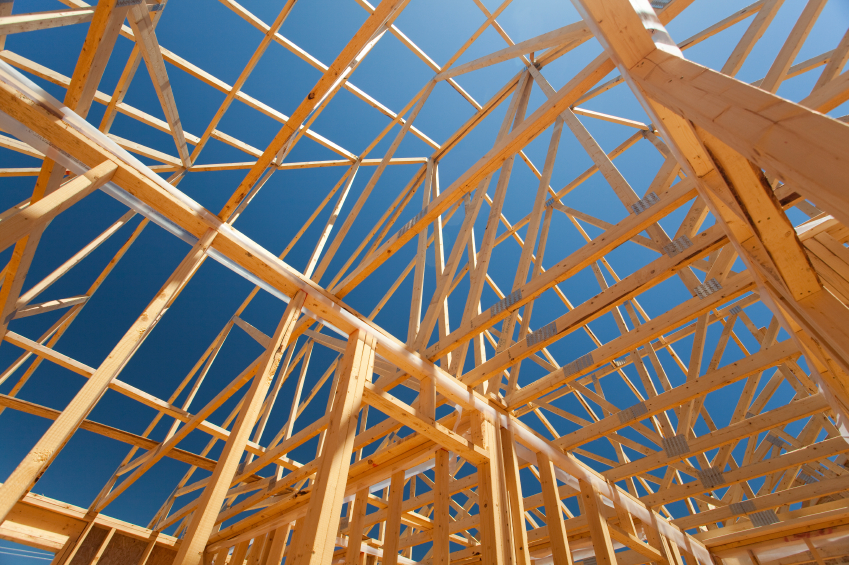
It may be surprising to learn that, in terms of lost time at work due to injury/illness, it’s statistically more hazardous to work in a hospital than in construction or manufacturing. Consider these statistics from a report2 published by the Occupational Safety and Health Administration (OSHA):
- In 2011, there were 157.5 “days away from work” cases for every 10,000 full-time hospital workers, compared to 147.4 for construction workers, 111.8 for manufacturing workers, and 54.5 for professional and business service workers.
- In 2011, an average of 6.8 work-related injuries and illnesses were reported for every 100 full-time employees in the U.S.
- A total of 58,860 work-related injuries that led to lost days at work were reported in U.S. hospitals in 2011.
- Nearly half (48%) of hospital worker injuries resulting in lost time from work are caused by overexertion or bodily reaction (which includes motions such as lifting, reaching, or bending, often related to patient handling).
Musculoskeletal injuries, in particular, are common among healthcare workers. According to the same OSHA report:
- Sprains and strains make up 54% of injuries that result in lost time from work.
- In 2011, there were 16,680 reported cases of lost time at work due to musculoskeletal injuries resulting from patient interactions; a substantial number of these cases involved nurses and nursing assistants.
The CDC reports3 that:
- One in five healthcare workers experienced nonfatal occupational injuries in 2013.
- U.S. healthcare workers experienced seven times the rate of musculoskeletal disorders compared with all other private sector workers in 2011.
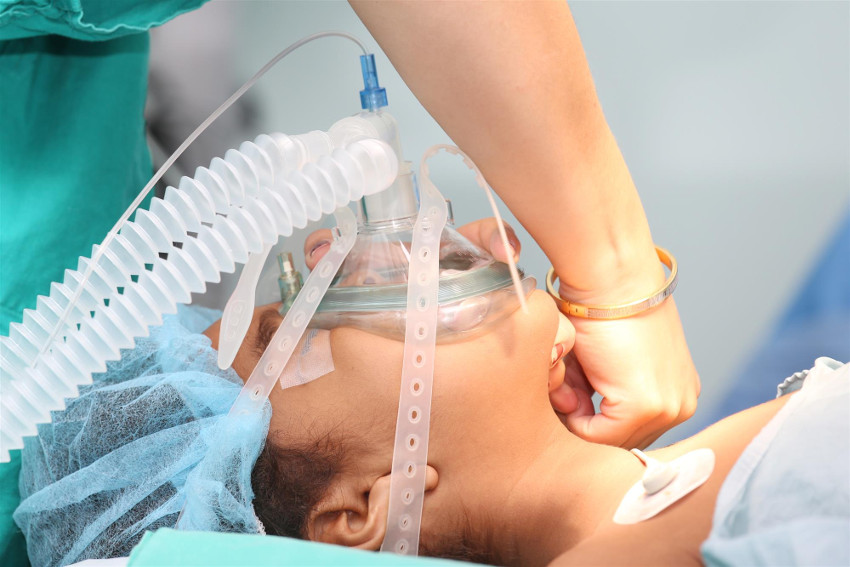
Lifting or moving patients while in an awkward posture (e.g., leaning over a patient) can lead to back, neck, and other injuries. Friction-reducing devices can help by lowering the amount of manual force required to move patients, but even with these devices injuries among nurses and other healthcare workers are common.
To understand how musculoskeletal injuries occur, we need to explore the basic structure of the human body.
THE HUMAN BODY: AN AMAZING MACHINE
It may be odd to think of the human body as a machine, but, in fact, our bodies operate much like many of the machines we encounter in our everyday lives-this is where the expression “body mechanics” is derived.
Levers on a machine are much like our bones, while a machine’s pistons are much like our muscles. Just as the levers and pistons enable a machine to move or apply force to an object, so, too, do our bones and muscles.
When you contract your bicep, for example, the muscle pulls on the radius and ulna bones of the lower arm and the humerus of the upper arm, which brings the bones closer together. These bones and muscles enable us to do everything from curling a dumbbell to pulling someone close to us in an embrace. This is just one of many examples of body mechanics.
We turn our attention now to bones and muscles of the back, since back injuries are the most common type of injury among nurses and other healthcare professionals.
THE ANATOMY OF THE SPINE
The spinal column is made up of 33 vertebrae and is divided into the following five regions:
- Cervical (neck) region : Made of seven vertebrae (C1-C7)
- Thoracic region : Made up of 12 vertebrae (T1-T12)
- Lumbar region : Made up of five vertebrae (L1-L5)
- Sacral region : Made up of five vertebrae (S1-S5)
- Coccygeal region : This region is fused together with the sacral region at the bottom of the spinal column.
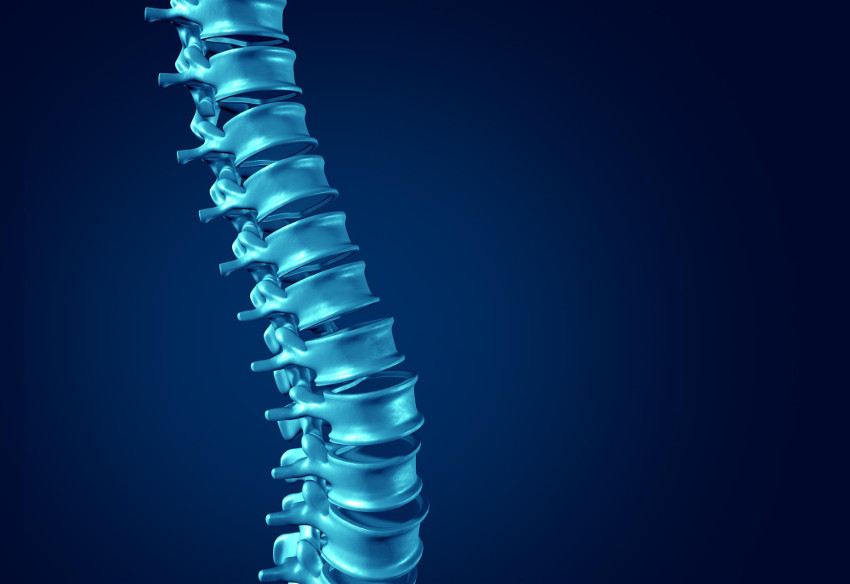
The lumbar and sacral regions are the most prone to injury, since they flex the most when a person bends over, and because these regions experience the most pressure when a person is seated.
The spinal column naturally forms four curves that help us stand erect-the cervical, thoracic, lumbar, and sacral curves. These curves make our spine more flexible, enabling us to bend and twist (within limits). The spinal column houses the spinal cord, which is a vital bundle of nerves that connects the brain to most of the other parts of the body.
Between each vertebra of the spine are flexible, shock-absorbing intervertebral discs, which are wrapped in a fibro-cartilage exterior called annulus fibrosis. Inside the discs is a gel-like substance called nucleus pulposus, which makes the discs somewhat compressible and allows us to sustain shock from everyday movements and vigorous exercise.
The vertebrae are held together by fibrous ligaments, which connect bones to one another and keep the spine aligned.
Back muscles surround the whole area of the spinal column, which also help hold the spine in alignment and control our posture.
The abdominal muscles also play an important role in posture and alignment. This group of muscles includes the internal and external abdominal obliques, the transverse abdominis (deep abdominal muscles that wrap around the spine and provide stability), and the rectus abdominis (known as the “six-pack” muscles).
COMMON BACK INJURIES IN NURSING
The spinal column is highly vulnerable to injury from stress, from bending over in an unnatural positon, or from being pushed beyond its capabilities. Back injuries are very common-at least 80 percent of people in the general population will experience some kind of back injury in their lifetime.
The lower back is the most prone to injury, and the most common injuries are sprains and strains.
- A sprain is an injury to one of the ligaments holding the vertebrae together.
- A strain is an injury to one of the muscles that surround the spinal column.
Sprains and strains may begin immediately after unusual stress or trauma, or within 24 hours. Sprains and strains make up a large percentage of injuries that lead to lost days at work for healthcare workers-and nurses and nursing assistants make up a considerable share of that total.
The main treatments for back sprains and strains are icing, rest, and anti-inflammatory medications. For sprains and strains in the ankle or knee, the RICE method is recommended. RICE stands for:
- Rest : For at least 24 hours.
- Ice : Apply ice to the area as soon as possible after the injury to reduce swelling.
- Compression : Wrap the injured/sore area (e.g., ankle, knee, wrist) with a bandage to decrease swelling.
- Elevation : Elevating the injured area at or above the level of the heart can help reduce swelling.
Sprains and strains usually resolve on their own within a few days or weeks.
Discogenic injuries affect the discs of the spine and are common among nurses.
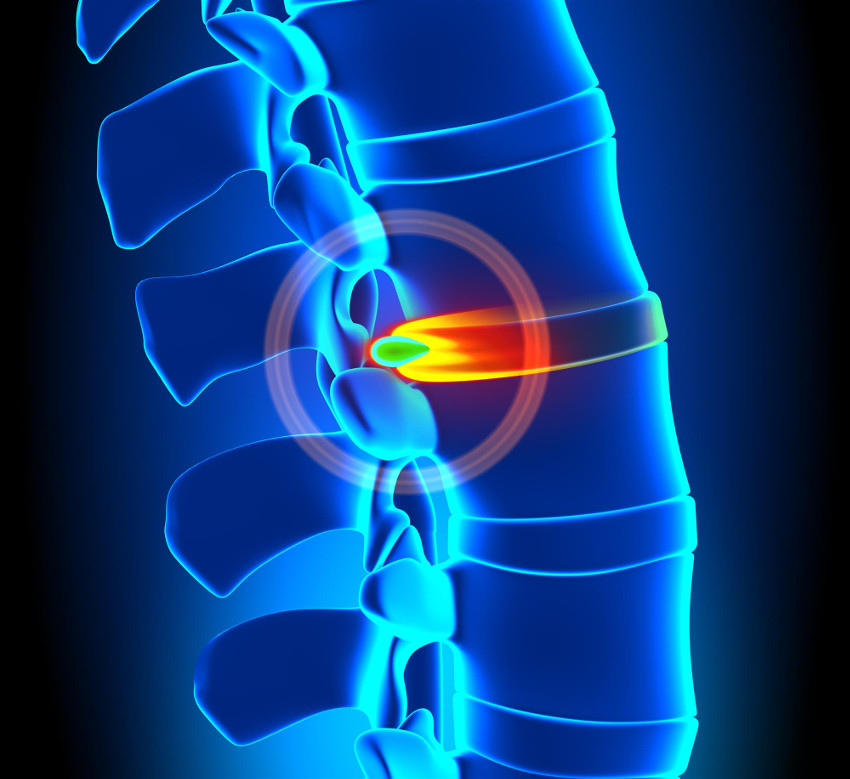
Degenerative disc disease is often related to age and results from water loss in the gel-like center of the disc (the nucleus pulposus). This can cause the discs to become brittle and crack or herniate, resulting in symptoms that may include searing pain, numbness or tingling, and weakness.
A damaged or herniated disc can develop in any part of the spine but these are more common in the cervical (neck) region and the lumbosacral (lower back) regions.
Disc injuries often heal on their own, as long as the injured person is conscientious about avoiding further strain. In more serious cases surgical intervention may be required.
Sciatica is another common injury that is often related to an intervertebral disc problem. If a disc or a portion of one of the vertebrae presses against a nerve, it can lead to sciatica. Symptoms of sciatica include pain in the back that travels through the hip and down the leg. It can make standing and walking difficult, and symptoms may include pain, numbness, tingling, or muscle weakness.
People with sciatica may have a combination of symptoms, such as pain in one part of the leg and numbness in another.
AVOIDING MUSCULOSKELETAL INJURIES ON THE JOB
The nursing professional is focused on helping others, but it’s important for nurses to take care of their own health and not ignore symptoms of back, neck, or other musculoskeletal problems. Delaying treatment could make the condition worse and impact quality of life and job performance.
Depending on its severity, a musculoskeletal injury can stay with a person and recur again and again over the course of years or decades.
Nurses should do the following to help prevent unnecessary strain on their back, shoulders, and arms:
- Learn which muscle group is suited to which task : Nurses should avoid putting strain on weaker muscles to reduce the risk of injury.
- Learn the mechanics of lifting and pulling : Nurses should learn how to use the center of gravity and proper leverage to their advantage.
- Learn when not to lift a person or object by yourself : Nurses should always summon assistance or use a mechanical lift, if available, when lifting large amounts of weight.
Most musculoskeletal injuries in hospital/acute care settings are cumulative, meaning that everyday strain can lead to eventual injury. This is why prevention and risk management are so important for nurses and other hospital caregivers.

Our next part will explore the mechanics of lifting and moving in more detail, and how nurses can move patients safely.
Medcom’s healthcare video series “Protecting Your Body at Work” is an invaluable training tool to help nurses and other healthcare workers understand the mechanics of lifting and moving, and guide them in moving patients safely.
